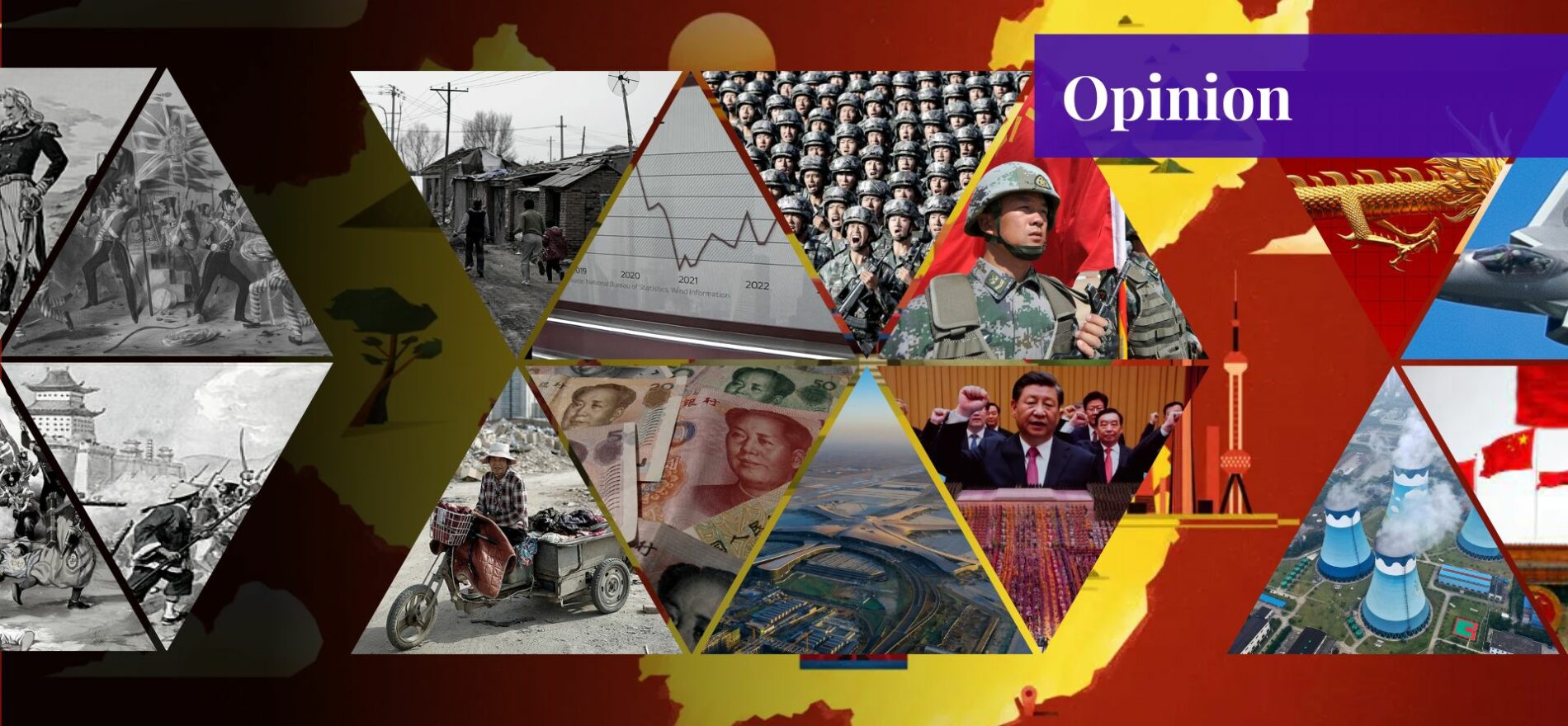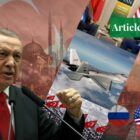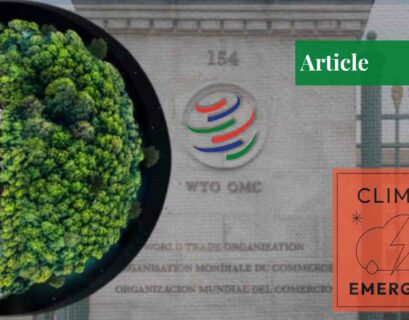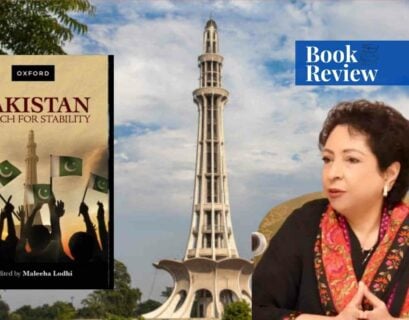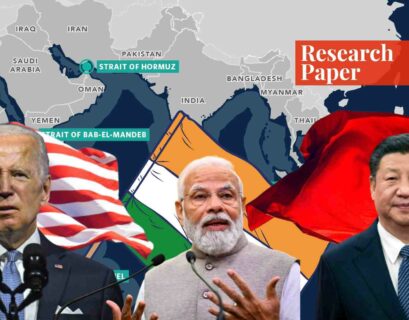China is one of the superpowers of today’s world. As Napolean Bonaparte said, “China is a sleeping giant. Let her sleep, for when she wakes, she will move the world”. His saying proved to be true in the current era where the economy of China is progressing day by day through leaps and bounds. The modernization of China started when the Qing Dynasty fell in 1911and the country became a republican state.
In China, political and military instability was at its peak in 1922. To bring a proper solution to the problems, two political parties emerged. One was the CCP (China’s Communist Party) influenced by Marxism-Leninism, and the other was the Chinese National Party (Kuomintang). They both joined hands to defeat Japan but afterwards, a civil war broke out between the two. It ended after 3 years with the victory of the Communist Party whose leader was Mao Zedong.
The People’s Republic of China was formed on 1st October 1949. Till 1976, Mao was the Chinese leader whose economic policies faced massive failure. Under the Great Leap Forward policy in 1958, the Chinese government took all the lands under its control. Unfortunately, due to the poor execution, the agricultural policies brought famine to China. Destruction on a larger scale, famine, and poverty gave birth to rebel forces within the CCP.
To suppress the rebel voices occurring in CCP, Mao started the Cultural Revolution in 1966, in which many opposing leaders were killed. After Mao’s death, Deng Xiaoping came to power. He reversed all policies of Mao and introduced a large variety of reforms in China in the 1990s which became a reason for massive economic growth in China.
As Deng himself was a victim of the Cultural Revolution, he tried to make the system a little flexible. Due to the Cultural Revolution, most of the schools and universities were damaged which resulted in the lack of a skilled workforce. Deng was well familiar with the potential of a large workforce and it was only possible when you would give incentives and motivation to the workers.
He released government control over agricultural lands and encouraged private farming. The boost of the agriculture sector of China pulled millions of Chinese out of poverty and raised the income of the farmers. Subsequently, Deng promoted township and village enterprises (TVEs) to shift surplus labor from the agricultural sector to low skills manufacturing sector. This became the foundation of the Chinese Economy in the 1990s.
Other than this, China became the largest producer of cotton in the 1990s, leading to the extensive growth of the textile industry in China. Under the open door policy, China started exporting its textile goods, and its economy integrated with the world’s economy. Moreover, unlike Mao, Deng put a lot of emphasis on education. In the 1980s, the Chinese government used to share up to 70% costs of education skills and other expenses.
In the late 1990s, there was a technological boom in the US in which HP, Dell, and Apple were involved. For the production of their hardware products, the US needed cheap labor. So, China helped the US in assembling that. Later on, China started to copy many products like smartphones and laptops and exported them to South Asia in the 2000s at a cheaper cost but the quality was not that good.
After this, China made huge progress day by day. In 2008, China became the world’s second-largest economy. After the 2008 financial crisis, Xi- Jinping followed the “Go Global strategy” and ordered companies to make investments in foreign locations. Today, China is doing projects like BRI (Belt and Road Initiative) and CPEC (China-Pakistan Economic Corridor) and is connecting the whole world.
China strengthened itself economically at home first and then intermingled with the global economy to improve its economy. Hence, the important secret behind the journey of modernization is its skilled workforce which has made China the 2nd richest country after the US. Additionally, the world’s economic superpower has very wisely selected its economic and political model. For political purposes, it has adopted the authoritarian regime, but when it comes to the economy, it has preferred the mixed economic model.
If you want to submit your articles, research papers, and book reviews, please check the Submissions page.
The views and opinions expressed in this article/paper are the author’s own and do not necessarily reflect the editorial position of Paradigm Shift.
